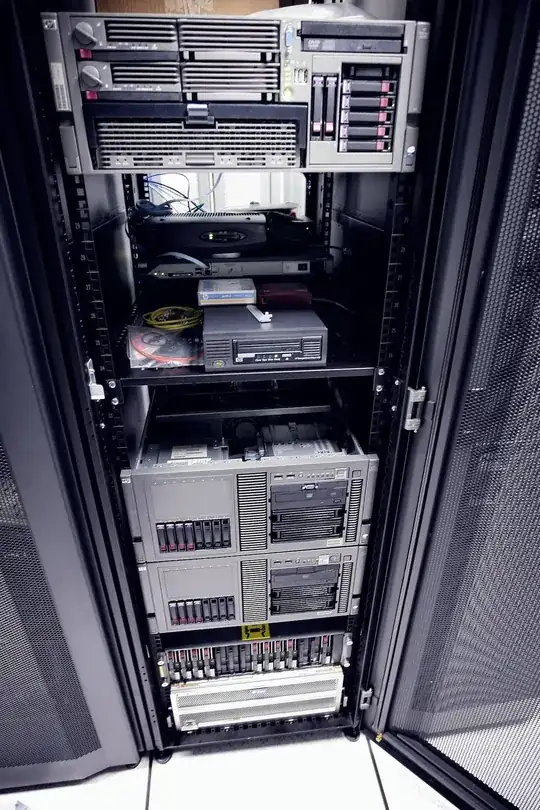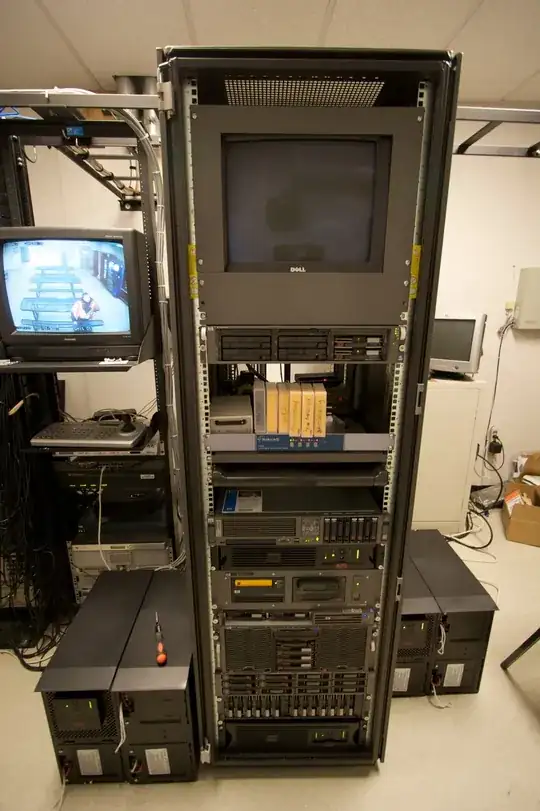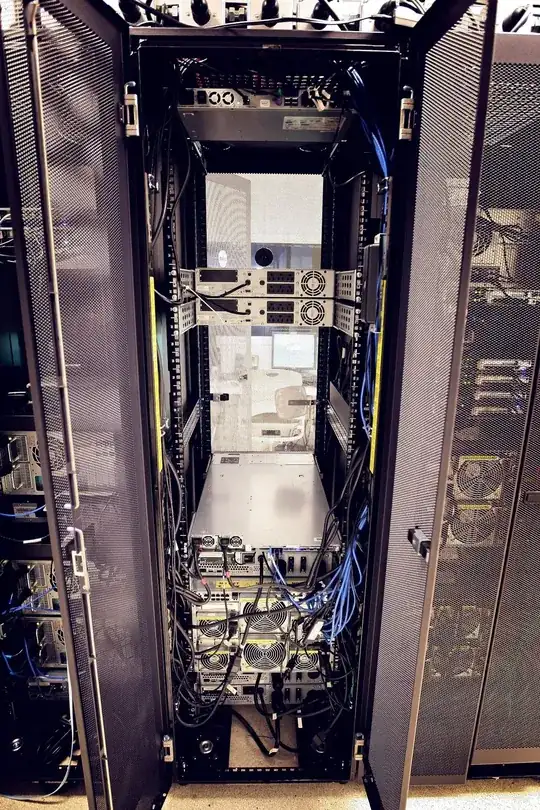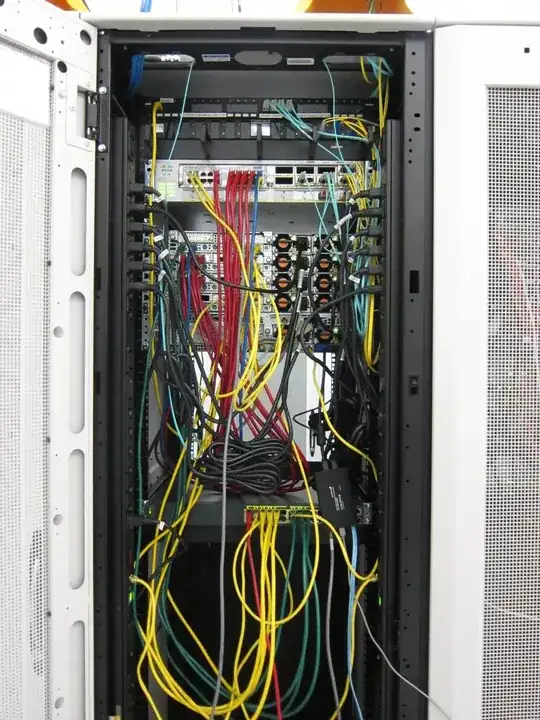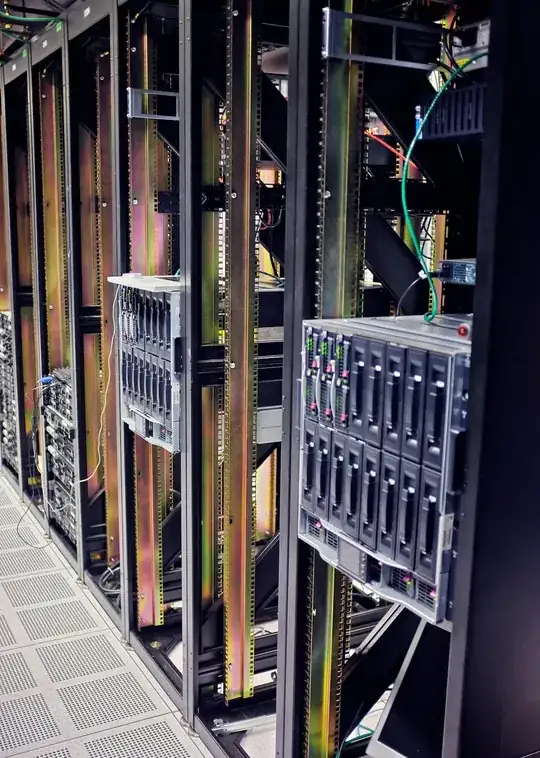I'm looking to purchase a rack/enclosure for some servers. As this is my first time shopping for this type of equipment, I need to know what to look for. I'm asking not only about how to buy the rack, but also what accessories will I need? What can I do without? What should I look for in terms of delivery and assembly? What do I need to prepare for in terms of power? Cooling inside the cabinet? Anything else I might be overlooking?
I'll share some back story in case anyone finds it helpful, but really generic answers for anyone who is shopping for rack equipment is helpful.
Where I'm at we used to have mainly tower servers... even a number of glorified desktops that lived in our server room. We do have a couple two-poster racks for switches, but everything sits in a wooden bench made of 2x4's and plywood that's been here much longer than I have. Over the last three years I've been able to virtualize the desktop "servers" and as items have come up for refresh I've purchased rackmount servers, with rails. I put the servers on their sides in the old space, and set the rails aside in the store room, biding my time.
We are now (at last!) to the point where in the next six months I'll be down to only a single tower server, and it just happens to be 19 inches high, so I'm thinking 1U shelf. Everything else except the the UPS equipment should mount in a rack. In anticipation of that event, I'm looking to spec out a server rack enclosure to purchase and install this summer. I want to be get preliminary shopping done over the next month or two so I can get it put into the budget for next fiscal year, in time to actually execute the project late this summer.
For size, we should fit comfortably inside a single 42U height-wise, even including mounting our existing switches, so I'm pretty sure one rack will handle it. ... I just need to know what to look for in that rack.
